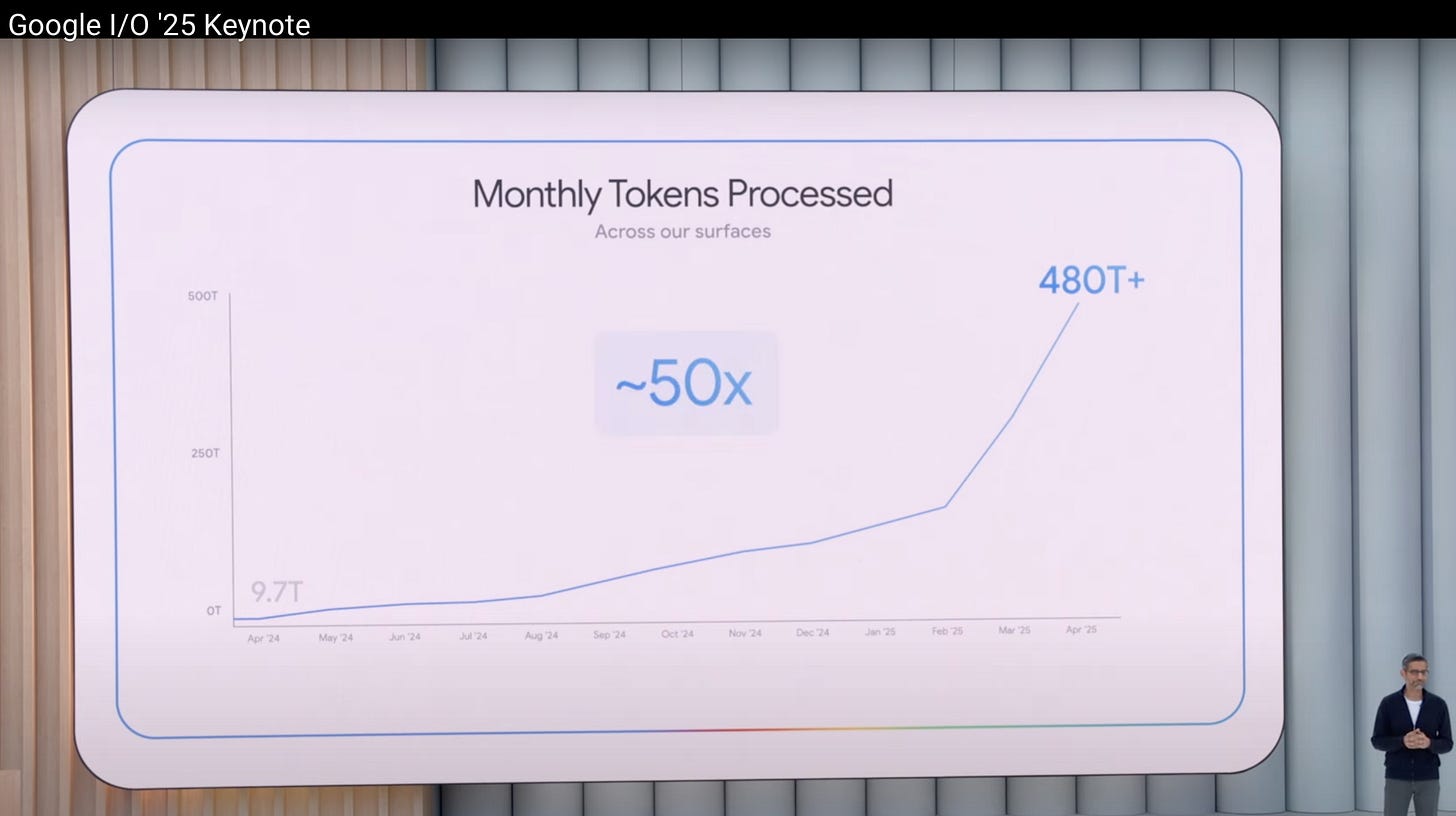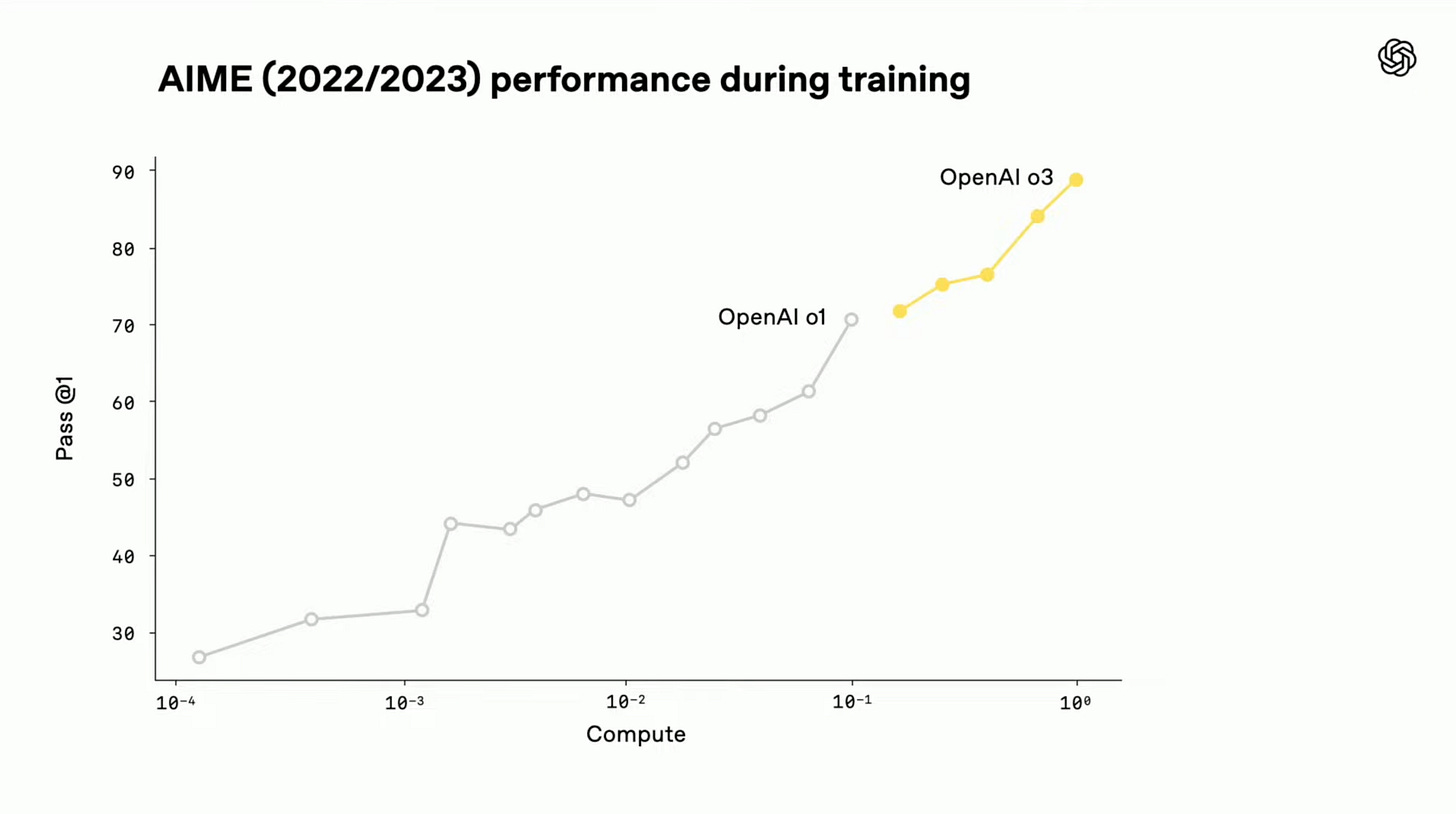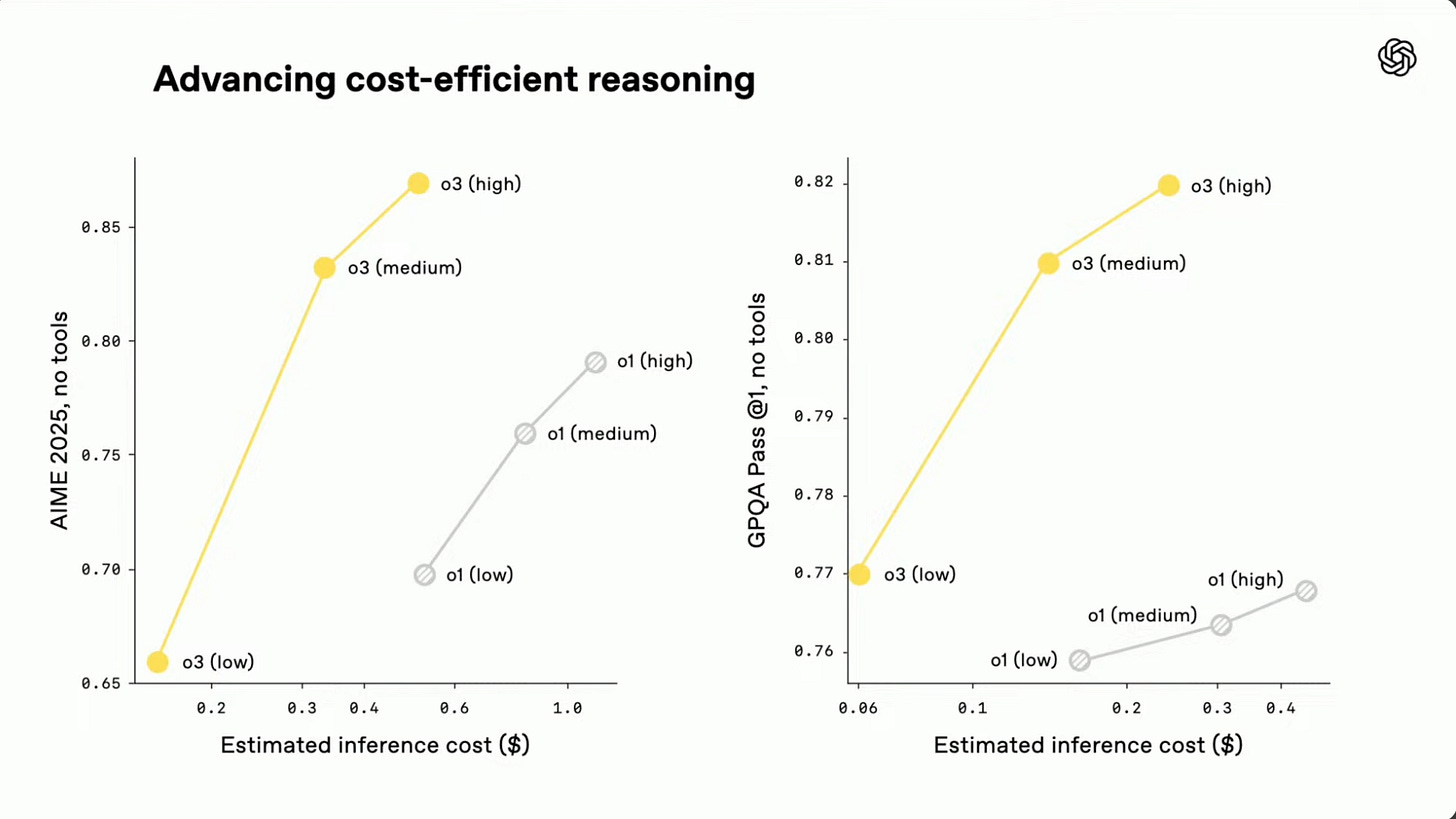A.I. usage surging across America (Update June 24, 2025)
Nearly 1 in 10 U.S firms used A.I in the last 2 weeks; in the information sector (internet, communications, media), it is more than 1 in 4 firms
Since ChatGPT launched in late 2022, OpenAI’s consumer chatbot product is now used by more than 800 million users worldwide. More than 50% of the users (>400MM) joined in the last 6 months!
No signs of slowing down
While ChatGPT user trends may be skewed towards the most tech-forward population, firms across America are adopting AI in an accelerating pace.
Roughly two years ago (a few months after ChatGPT was released), only ~4% of U.S. firms were using AI. Today, almost 1 in 10 firms (~9%) used AI in the last 2 weeks, with ~12% planning to use it in the next 6 months.
For the information sector— the internet, communications, and media firms, the adoption rate is ~27%. One in four information firms used AI in the last 2 weeks.
Generally, white collar services sector are adopting AI at a faster rate than the national average (~9%). Professional services have an adoption rate of ~22%.
Across the United States, 12 states are leading the charge with >10% statewide adoption. Colorado, Arizona, and Washington are the top 3 states with adoption rates >12%.
At Google’s recent I/O conference, Sundar revealed that Google’s AI workloads have increased ~50x over the past year. This includes all Google’s product surfaces: i.e., Search, Gmail, Google Docs, etc…
In search, Google revealed their AI overviews had more than 1.5 billion users, much more than ChatGPT.
All the while, AI models continue to get smarter with more compute power
In OpenAI’s latest release of its reasoning models, the company continued to demonstrate algorithmic progress that scaled AI models’ performance with the amount of computation used during training.
AIME is annual invitation-only high school mathematics competition. At this point, AI models are surpassing expert human performance on these exams.
Pound for pound, models are getting cheaper for the same smarts
While models are getting smarter with more compute, with each subsequent generation, they are also getting cheaper to use.
Not only are labs pushing their models’ intelligence frontiers, they are doing so with greater cost efficiency.
Sectors leading AI adoption already displacing labor
Especially in the technology and software sectors, executives are already providing guidance that their workforce will be smaller because of AI.
Amazon’s CEO Andy Jassy recently said in a company memo:
Today, we have over 1,000 Generative AI services and applications in progress or built, but at our scale, that’s a small fraction of what we will ultimately build. We’re going to lean in further in the coming months. We’re going to make it much easier to build agents, and then build (or partner) on several new agents across all of our business units and G&A areas.
As we roll out more Generative AI and agents, it should change the way our work is done. We will need fewer people doing some of the jobs that are being done today, and more people doing other types of jobs. It’s hard to know exactly where this nets out over time, but in the next few years, we expect that this will reduce our total corporate workforce as we get efficiency gains from using AI extensively across the company.
Similarly, Shopify’s CEO Tobias Lütke said:
Before asking for more Headcount and resources, teams must demonstrate why they cannot get what they want done using AI. What would this area look like if autonomous AI agents were already part of the team? This question can lead to really fun discussions and projects.
The change dilemma for non-tech organizations
It is easier for large software firms to adjust their enterprise processes on a dime, as most processes are build around malleable software that can be easily integrated with new AI systems. Teams that adopt AI systems faster are also those with higher competency in adapting software to optimize processes.
For large organizations operating in sectors where technology is not necessarily a core competency, managers and employees may have opposing incentives.
With the breakneck pace of AI developments, even the most tech forward companies struggle to keep up. Non-tech organizations have to trade off managing existing operations and trying to develop a new competency in technology. The trade-off is rarely worth the risk for the average manager.
For example, in clinical health care organizations, firms are short-staffed and overworked on the frontlines. Managers and employees are struggling to meet patient demand with existing resources. Their primary incentives are to deploy resources to incrementally improve care capacity and outcomes. Usually, the levers are to hire or reallocate staffing, purchase more machines, invest in more clinical space, etc.
Even if a hospital manager wants to explore AI in an existing setting, it will require updating procedures and re-training staff. All of which will impact care capacity in the short term.
For employees, some may view their own jobs as at-risk for AI displacement. For these folks, they have no incentive to support AI initiatives and projects. As the saying goes, no one wants to train their own replacement.
As a result, the pace of AI diffusion across sectors will likely be uneven for the years to come.
New firms with less mature processes and organizations will gain higher leverage from new AI tools. There are less barriers to experimentation, and processes can be changed overnight.
Mature firms must break through the organizational inertia to adopt change with a risk-adjusted mindset, or risk falling behind. For now, managers at firms like Amazon and Shopify are attacking this inertia head on from the top down.




